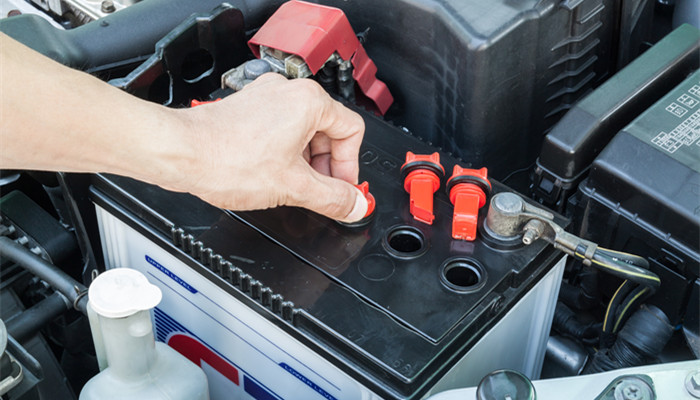
Shipments of electric balancing vehicles rise, and the lithium-ion battery industry for balancing vehicles develops rapidly
Lithium-ion batteries for balancing cars refer to ion batteries specially used for electric balancing cars. With the rapid development of my country’s economy and the increase in per capita income, electric balancing vehicles with both transportation and entertainment functions are becoming more and more popular, and shipments continue to rise. Benefiting from demand driven by Europe, the United States, China and other countries, global electric balance vehicle shipments continue to rise, reaching 8.4 million units in 2019. In 2020, affected by the epidemic, short-distance transportation became more popular, and global electric balance vehicle shipments exploded. growth reached 10.4 million units.
Benefiting from the growth in shipments of electric balancing vehicles, global demand for lithium ions for balancing vehicles continues to rise. In 2019, global lithium ion shipments for balancing vehicles reached 250 million units, and the market size reached about 200 million yuan. my country is the main producer of electric balancing vehicles, and its products are mainly exported to the United States, Europe and other countries and regions. Therefore, the demand for lithium-ion applications in domestic balancing vehicles is high, and my country’s market has huge development potential.
According to the “2021-2025 Global Lithium-ion Battery Industry for Balanced Vehicles Industry In-depth Market Research and Key Area Research Report” released by the Industrial Research CenterIt shows that at present, balance vehicles mainly use cylindrical lithium-ion batteries, with capacities mostly 2.6AH and below. Some high-end products use high-capacity batteries of 2.9AH and 3.2AH. Some companies have also begun to use soft-pack batteries, but there is currently little application demand. . In terms of production, before 2016, my country’s cylindrical batteries were mainly occupied by Japanese and Korean companies. Representative companies include Samsung, Panasonic, LG and Murata. However, driven by the rapid development of the new energy automobile industry, my country’s cylindrical battery production technology has continued to improve, and domestic cylindrical batteries represented by BAK, Lishen, Yiwei Lithium, Tianpeng, Far East Foster, and Changhong have emerged. manufacturer.
Although my country has realized the production of cylindrical batteries, compared with imported products, there is a gap in quality and capacity of domestically produced cylindrical battery products. At the same time, there is a large gap in yield rate, and there is considerable room for improvement in the future. Electric balancing vehicles are an emerging industry in recent years. The market lacks relevant standard supervision and product quality is uneven, which restricts the development of the industry and the demand for lithium-ion batteries will slow down in the future.
In order to regulate the development of electric self-balancing vehicles, the Chinese government has issued relevant policies. GB/T 40559 sets out safety requirements for lithium-ion batteries and battery packs used in self-balancing vehicles, and this standard will be implemented in 2022. The release of battery standards is conducive to the development of the domestic lithium-ion battery industry for balance vehicles in a standardized direction.
Industry analysts said that lithium-ion batteries for balancing cars are special batteries used in electric balancing cars and benefit from the popularity of electric balancing cars. With the increase in cargo volume, the demand for lithium-ion batteries for balance vehicles in my country continues to rise, and the industry has developed rapidly. Lithium-ion batteries for balance vehicles are an emerging industry. Currently, there is a lack of relevant standards, and the technology is imperfect. The quality of products in the market is uneven. In the future, with the implementation of relevant standards, it will be conducive to the standardized development of the industry.

 微信扫一扫打赏
微信扫一扫打赏

